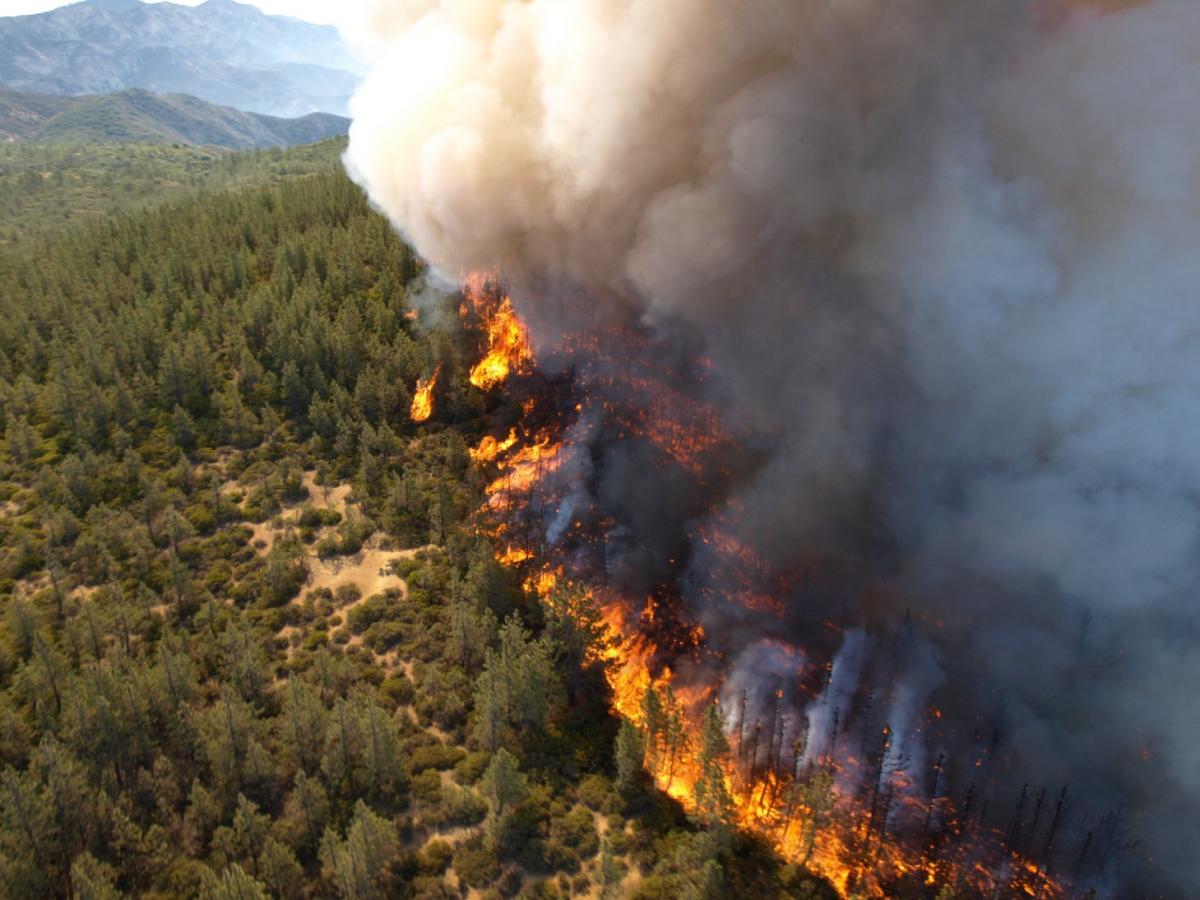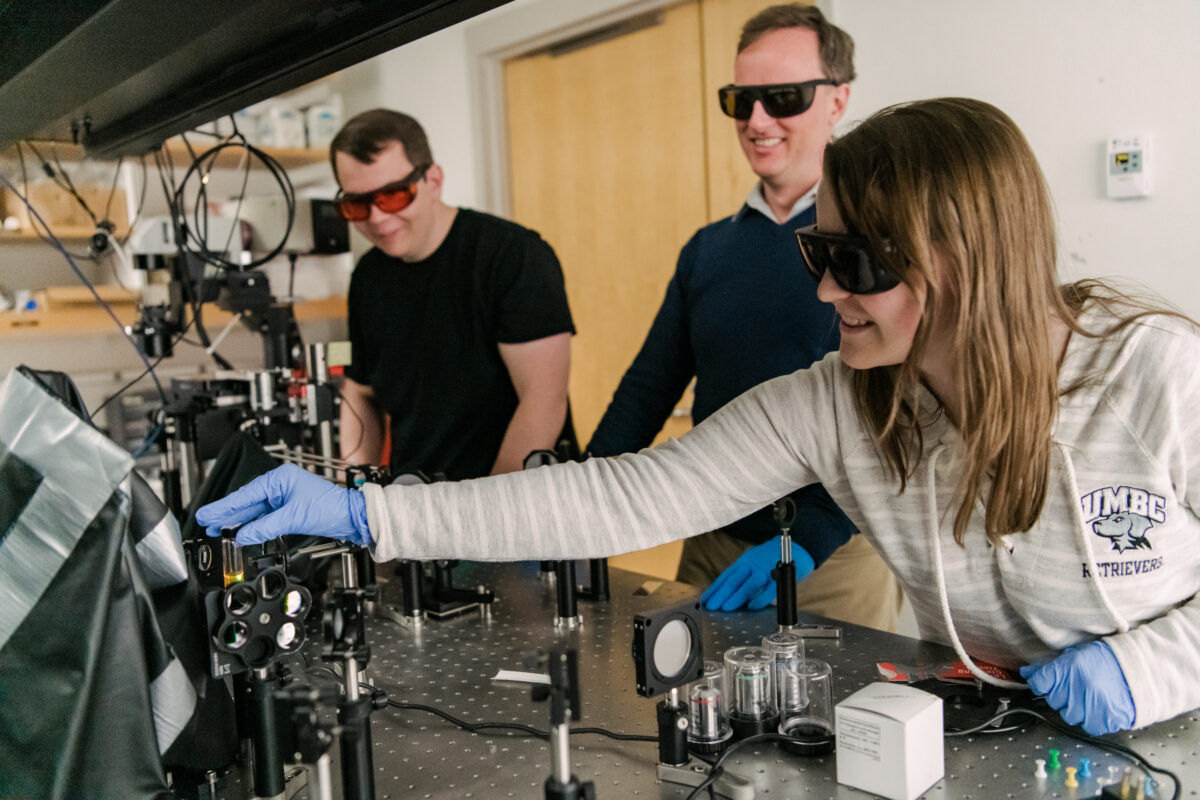NASA and UMBC issued a joint press release August 2nd announcing the first measurement-based estimate of the amount and composition of tiny airborne particles that arrive in the air over North America each year. Co-authored by Lorraine Remer, senior research scientist and Tianle Yuan, research associate in the climate and radiation laboratory of UMBC’s Joint Center for Earth Systems Technology (JCET), along with NASA and University of Maryland, College park scientists the study determined that it was dust and not pollution which constituted the main ingredient in small airborne particles which arrive in the air over North America every year.
The results published in Science Magazine showed that 64 million tons of dust and other particles with the potential to effect climate and human health survive their trans-ocean journeys to North America, a figure which parallels the estimated 69 million tons of aerosols produced domestically from natural processes, transportation and industrial sources.
Speaking on how this imported dust particles account for a third of the reduction in solar radiation over North America, Remer said that “[g]lobally this can mask some of the warming we expect from greenhouse gases.”
Furthermore, Remer noted that climate change resulting from greenhouse gases could greatly increase dust’s influence in the future, saying, “[d]esertification and reclamation, [and] the land use modifications that change the exposure of dusty soils to wind erosion, are going to have a big impact on particle distribution and climate around the planet.”
Tags: JCET



